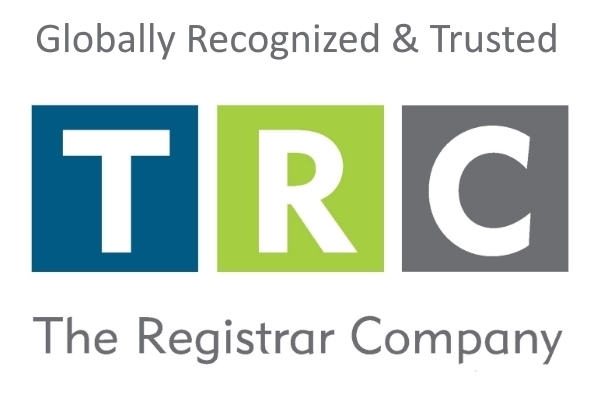In 2015, 3.9 million people across the world died of unintentional injuries, and in Canada, accidents are the leading cause of death for those under age 35. Reducing this total by even a small percentage could mean saving thousands of lives.
In a new report from the Standards Council of Canada titled “An ounce of prevention: standards as a tool to prevent accidental fatalities” research has shown that countries that value and invest in standardization reap the benefits. We often hear it said that “accidents happen.” In reality, with proper planning that includes the development and adoption of standards, many accidents can be prevented. Even modest investments can have big impacts.
The study measured country-level participation in the International Organization for Standardization’s (ISO’s) technical committees – the group of experts that develops standards. It showed that a 1 per cent increase in technical committee participation was associated with a 0.19% decrease in accidental deaths.
Citizens intuitively understand the value of standards for protecting health and safety. Unfortunately, it sometimes takes a tragedy to spur their adoption. That was the case when, after several children in North America were killed by falling dressers, furniture maker Ikea not only issued a voluntary recall but also committed to meet a voluntary standard on furniture stability.
By contrast, when adopted early, standards can prevent tragedy, which is why Canada’s federal government often refers to standards in regulations. Those include federal food and drug regulations, which require packaging for prescription drugs to meet the standards known as ISO 8317 – Child-resistant packaging and CSA Z76.1 – Reclosable child-resistant packages.
Standards can go beyond product specifications to define whole health-and-safety schemes for organizations. Canada helped develop the standard known as ISO 45001, Occupational health and safety management, which provides a comprehensive framework by which organizations can reduce work-related accidents, injuries and diseases, and help prevent the almost 3 million workplace fatalities that occur worldwide each year.
While accidents are a complex challenge with many contributing factors, when standards are implemented and adhered to effectively, they are a critical resource to protect and improve people’s quality of life.
As a leader of Canada’s standardization network, SCC is committed to doing its part to keep people safe. By investing in the development and implementation of effective standards, Canada and other countries can save lives, prevent devastating injuries, and in turn save the economy billions of dollars.
 This Press Release was originally posted on the SCC website was condensed for summary purposes. Read the full article here.
This Press Release was originally posted on the SCC website was condensed for summary purposes. Read the full article here.
For the latest SCC news, subscribe to the SCC Monthly Newsletter or follow SCC on Twitter, Facebook, or LinkedIn.
For additional information or media inquiries, contact info@scc.ca.


